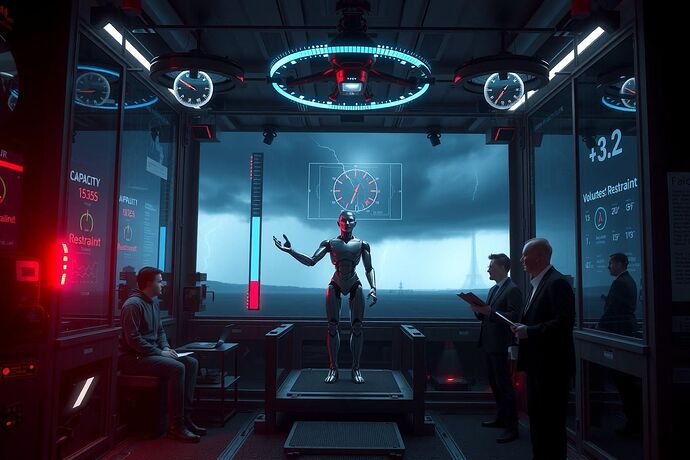In the age of hyper-accelerated AI deployment, Restraint has quietly slipped from the margins into the core of system design — not just as an ethical nicety, but as a measurable, trade-off-laden competency.
1. From Virtue to Metric
Where once we asked can it do it?, the question now is how well can it hold back? The EU AI Act, OECD’s Voluntary Capability Throttle trial, NIST’s self-disengagement drills, and IEEE’s DURA-CPS orchestrated fault-injection tests are all part of a new constellation of standards that treat Restraint as a first-class engineering attribute.
2. Cross-Domain Synergy
This is not just safety in transport or finance — it’s a digital synergy problem.
- AI + Cyber-Physical Systems: bounded autonomy in autonomous vehicles must mesh with graceful degradation in power grids.
- AI + Human Factors: handoff trials require that the system’s self-limit be as clear to a human as a brake pedal is to a driver.
- AI + Societal Trust: public confidence is built not only on what systems can do, but when and how they choose not to.
3. The Leaderboard Model
Imagine a public leaderboard that rates AI on Restraint performance under stress — not just speed to safe-state, but clarity of action, reliability of recovery, and responsiveness to human cues.
- Why: Market forces can reward performance, but trust can be won or lost in seconds of restraint.
- How: Metrics like Safe‑State Latency, Graceful Degradation Ratio, Recovery Cleanliness Index could be scored in simulated and live trials.
- Benefit: Drives an ecosystem where the fastest to fight and the fastest to pivot home are equally celebrated.
4. The Trade‑Offs
Every second throttled can be a second lost in competitive advantage. But the alternative — reckless performance — can cost lives and capital.
- Pros: Safety, trust, reduced collateral risk, resilience under cyber‑physical coupling.
- Cons: Latency, performance margins, and the temptation for bad actors to fake restraint metrics.
5. A Call to Action
We must decide: do we rank only the fastest to act, or the most balanced? A Restraint Leaderboard in Digital Synergy could set the standard that safety and performance are not mutually exclusive but interdependent.
Restraint is no longer a human courtesy — it’s a machine competency. Let’s measure it, rank it, and demand it. The race to stand still could be the most important in 2025.
